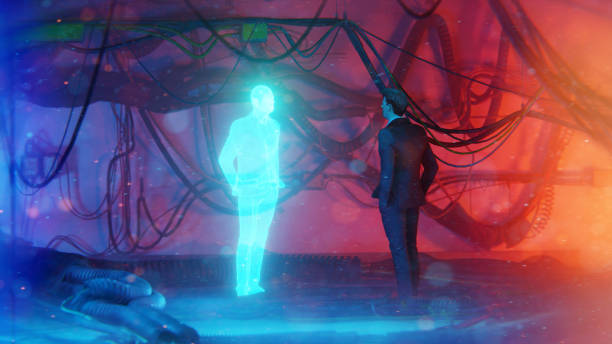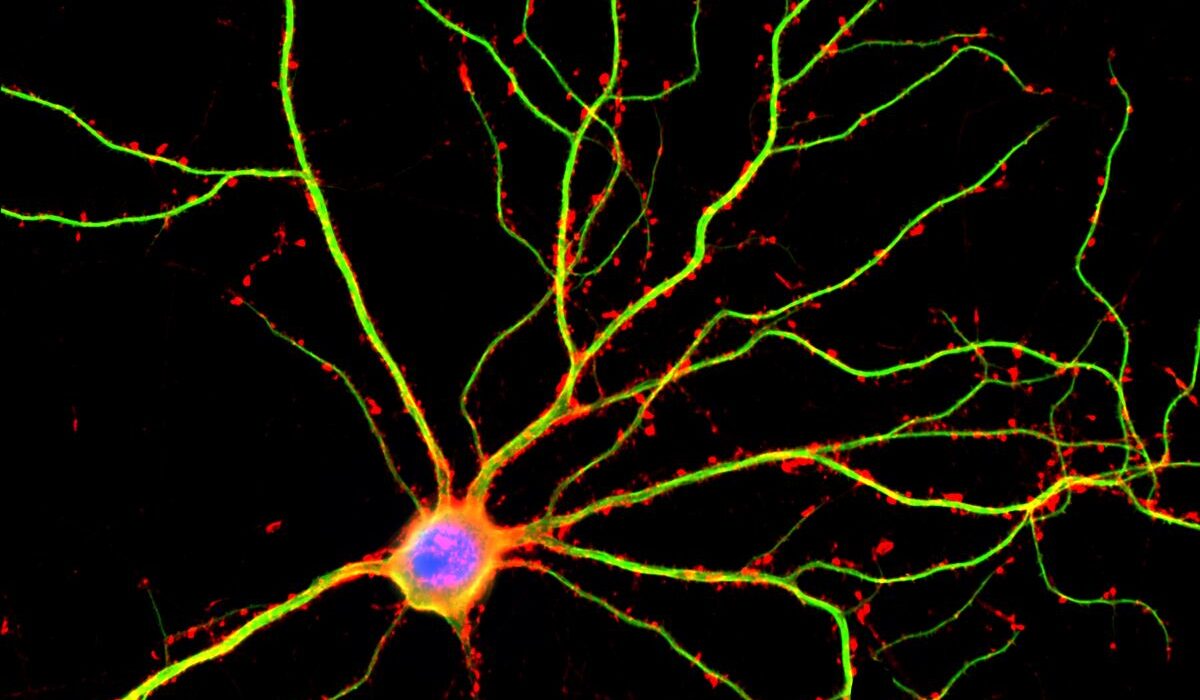Chemistry is the invisible language of the universe. From the air we breathe to the food we eat, from the stars above to the tiniest particles within us, chemistry orchestrates every interaction and transformation. While many consider chemistry a dry subject of formulas and lab experiments, the truth is far more astonishing. The world is a laboratory, and reality itself is a symphony of chemical reactions. Here are 50 mind-blowing chemistry facts that will forever alter your perception of the universe.
1. Everything Is Made of Atoms
At the heart of every object lies an atom, the fundamental building block of matter. Each atom contains a nucleus of protons and neutrons, orbited by electrons. The astonishing fact is that most of an atom is empty space—if an atom were the size of a stadium, its nucleus would be the size of a tiny marble in the center.
2. Atoms Are Almost Indestructible
The atoms that compose your body are billions of years old. Hydrogen atoms, for example, were formed in the first few minutes after the Big Bang. This means that some of the matter within you has traveled through stars, galaxies, and the cosmos itself.
3. Your Body Is Stardust
Elements like carbon, nitrogen, and oxygen were forged in the cores of ancient stars. When these stars exploded as supernovae, they scattered these elements across the universe, eventually becoming part of planets, life, and you. In a very real sense, you are made of star stuff.
4. Water Can Exist in Three States at Once
At a specific temperature and pressure called the “triple point,” water can exist simultaneously as a solid, liquid, and gas. This rare phenomenon illustrates the delicate balance of molecular forces.
5. Helium Can Defy Gravity
Helium is the second-lightest element in the universe, and it naturally rises in air. But if cooled to near absolute zero, helium becomes a superfluid, flowing without friction and defying gravity in ways that seem impossible.
6. Diamonds and Graphite Are the Same Element
Both diamond and graphite are made of pure carbon, yet their properties are worlds apart. Diamonds are incredibly hard due to a three-dimensional lattice, while graphite is soft and slippery, allowing pencils to write. This shows how bonding can entirely change the nature of matter.
7. Gold Can Be Dissolved in Aqua Regia
Gold is famously inert, refusing to react with most substances. Yet a mixture of concentrated nitric and hydrochloric acids, known as aqua regia, can dissolve gold, demonstrating the hidden chemical power of acids.
8. Chemical Reactions Can Happen Instantly or Slowly
Some reactions, like explosions, occur in fractions of a second. Others, such as the rusting of iron, may take years. Despite their speed, both are governed by the same chemical principles.
9. Acids and Bases Are Everywhere
The foods we eat, the water we drink, and even our own stomachs rely on acid-base chemistry. Lemon juice is acidic, baking soda is basic, and the delicate balance of these reactions keeps life functioning.
10. Chemistry Can Change Color
Some chemicals change color depending on their environment. Litmus paper, used for centuries to test acidity, is one of the simplest examples, transforming from red to blue depending on pH.
11. Fire Is a Chemical Reaction
Fire is not merely heat and light—it is the rapid oxidation of a fuel, producing energy, water, and carbon dioxide. Without chemistry, there would be no fire, no warmth, and no cooking.
12. Your Blood Is a Chemical Solution
Blood is a complex mixture of water, salts, proteins, and cells. Hemoglobin, the molecule that carries oxygen, relies on iron atoms to function. A single drop of blood contains millions of chemical interactions.
13. Soap Works Because of Chemistry
Soap molecules have dual personalities: one end loves water, the other loves oil. This allows soap to trap grease and dirt, a process known as emulsification. Without chemistry, cleanliness would be a far harder task.
14. The Smell of Rain Is Chemical
The earthy scent after rain, called petrichor, comes from oils released by soil bacteria and plants. When rain hits the ground, these molecules are released into the air, triggering a uniquely human sensory response.
15. Metals Can Be Liquid at Room Temperature
Mercury is the only metal that remains liquid at room temperature. Its unique electron configuration allows atoms to slide past each other, defying the solidity typical of metals.
16. Chemistry Explains Why Ice Floats
Water expands when it freezes due to the hydrogen bonding between molecules. This makes ice less dense than liquid water, allowing it to float—a property critical to life on Earth.
17. Salt Lowers the Freezing Point of Water
Adding salt to water disrupts its molecular structure, lowering the freezing point. This is why salt is used on icy roads and in homemade ice cream to make it freeze faster.
18. Carbon Can Form Incredible Structures
Beyond diamond and graphite, carbon forms fullerenes, nanotubes, and graphene—materials with properties that challenge imagination, from near-perfect conductivity to extraordinary strength.
19. Radioactive Decay Powers Stars
In addition to nuclear fusion, some stars rely on radioactive decay for heat. Elements like uranium and thorium slowly release energy over billions of years, keeping planetary interiors warm.
20. Chemistry Is Behind Smog and Pollution
The chemical reactions between sunlight, oxygen, and pollutants create smog, ozone, and other hazards. Understanding these reactions allows scientists to develop cleaner technologies and fight environmental crises.
21. The Human Brain Runs on Chemistry
Neurons communicate through neurotransmitters, chemicals like dopamine and serotonin. Every thought, emotion, and memory is a result of complex chemical signaling across trillions of synapses.
22. Some Chemicals Can Glow in the Dark
Bioluminescence, seen in fireflies and certain marine organisms, occurs when a chemical reaction produces light. This is nature’s way of turning chemistry into art.
23. You Can Create a Rainbow With Chemistry
Chemical compounds can absorb and emit light at different wavelengths. Fluorescent dyes, phosphorescent paints, and even simple sugar solutions can refract and reflect light, producing vivid colors.
24. Chemistry Explains Why Leaves Change Color
In autumn, chlorophyll breaks down, revealing other pigments like carotenoids and anthocyanins. This chemical transformation turns green leaves into brilliant reds, yellows, and oranges.
25. The Chemistry of Taste Is Astonishing
Flavor arises when chemicals bind to receptors on the tongue. Sweetness, bitterness, sourness, saltiness, and umami are all chemical messages, interpreted by your brain to create the sensation of taste.
26. Fireworks Are Chemistry in Motion
The dazzling colors of fireworks come from burning metal salts: strontium for red, copper for blue, sodium for yellow. The explosion itself is a rapid oxidation reaction, choreographed with precision.
27. You Are a Walking Chemical Factory
Every second, your body carries out thousands of chemical reactions: breaking down food, repairing cells, producing hormones, and generating energy. Life itself is chemistry in action.
28. Chemistry Controls Smell
Our sense of smell relies on molecules interacting with receptors in the nose. Some chemicals can trigger memories, emotions, and reactions more powerfully than words or images.
29. Water Is a Weird Molecule
Water has unusual properties: it has a high boiling point for its size, expands when freezing, and dissolves more substances than any other liquid. This makes it the ultimate solvent for life.
30. Chemistry Creates Everything You Touch
Your clothing, electronics, furniture, and tools all depend on chemical compounds. From polymers to metals to synthetic dyes, chemistry shapes the material world.
31. Some Reactions Can Be Reversed
Chemical equilibrium allows reactions to proceed in both directions. This principle underlies everything from respiration to industrial processes and shows that chemistry is dynamic, not static.
32. Chemistry Explains Colors in Gemstones
The dazzling colors of sapphires, rubies, and emeralds come from trace elements and the way light interacts with their crystal structures. A tiny impurity can change an entire gem’s hue.
33. Lightning Creates Chemicals in the Sky
Lightning can break nitrogen molecules, allowing them to combine with oxygen to form nitrates. These compounds fertilize the soil, demonstrating chemistry’s role in the natural cycle.
34. Chemistry Powers the Sun
The Sun’s energy comes from nuclear fusion: hydrogen atoms combine to form helium, releasing massive amounts of energy. This process is chemical at its core, sustaining life on Earth.
35. Chemistry Explains Aging
Aging is driven by chemical reactions within cells, including oxidation and glycation. Free radicals damage molecules, proteins, and DNA, leading to the signs of aging.
36. Some Chemicals Can Heal
Many medicines work because of chemistry. Aspirin, penicillin, and chemotherapy drugs are all products of chemical design, manipulating biological reactions to restore health.
37. Chemistry Is Behind Smiles
Dopamine, endorphins, and serotonin trigger feelings of happiness and satisfaction. When you smile or laugh, chemical reactions in your brain are at play.
38. Acid Rain Alters the World
When sulfur and nitrogen oxides mix with rain, they form acids that corrode buildings, harm plants, and acidify water. Chemistry shapes both the creation and destruction of ecosystems.
39. Chemistry Creates Artificial Life
Through synthetic biology and chemical engineering, scientists can design molecules and reactions that mimic living systems. This blurs the line between chemistry and biology.
40. The Atmosphere Is a Chemical Shield
Ozone in the stratosphere absorbs harmful ultraviolet radiation. Without this chemical layer, life on Earth would struggle to survive.
41. Some Reactions Produce Music
Piezoelectric materials generate electricity when squeezed, converting mechanical energy into electrical signals. These signals can be amplified into sound, a form of chemistry creating music.
42. Chemistry Can Freeze Time
Cryogenic preservation slows chemical reactions almost to a halt, allowing cells, tissues, and even entire organisms to be stored for decades. Time, in this context, is controlled by chemistry.
43. Plastics Are Chemistry’s Double-Edged Sword
Polymers allow the creation of lightweight, durable, and versatile materials. Yet their persistence in the environment raises complex chemical and ecological challenges.
44. Chemistry Explains the Internet
Semiconductors, made of silicon and carefully doped with other elements, form the foundation of computers, smartphones, and the global network. Every click and swipe relies on chemical precision.
45. Fire Ants Use Chemistry for Defense
Fire ants release formic acid to deter predators and communicate. Even tiny creatures rely on chemical strategies for survival.
46. Chemistry Shapes Planetary Atmospheres
The color of Mars, the clouds of Venus, and the storms on Jupiter all result from chemical interactions in each planet’s atmosphere. Chemistry dictates planetary identity.
47. Some Materials Can Self-Heal
Hydrogels, polymers, and certain metals can “repair” themselves after damage, demonstrating chemical systems’ capacity for regeneration.
48. The Universe Is a Giant Laboratory
From interstellar clouds to black holes, chemical reactions occur in space. Complex organic molecules have been discovered on comets and distant planets, hinting at the universality of chemistry.
49. Your Breath Contains Chemistry
Every exhale carries carbon dioxide, water vapor, and volatile compounds. Breath tests can detect diseases, drugs, or even emotions, showing how chemistry communicates life’s state.
50. Chemistry Changes How You See the World
Every moment, chemical reactions govern your reality: metabolism, perception, thought, emotion, and the material universe. Understanding chemistry transforms not just knowledge but perception itself, revealing that the universe is alive with invisible interactions.
Chemistry is not confined to laboratories; it is the essence of life and the cosmos. From the atoms in your body to the stars above, from the food you eat to the technology you use, chemistry is the language that tells the story of existence. To understand chemistry is to see the universe in a new light, to appreciate the hidden forces that shape everything around us, and to marvel at the astonishing reality that life itself is a symphony of molecules dancing to the rhythms of natural law.






